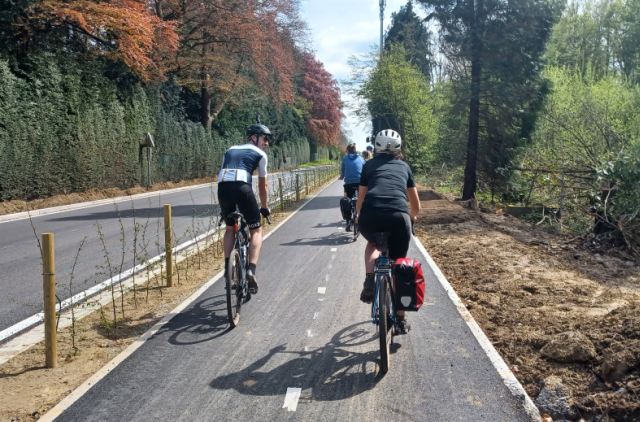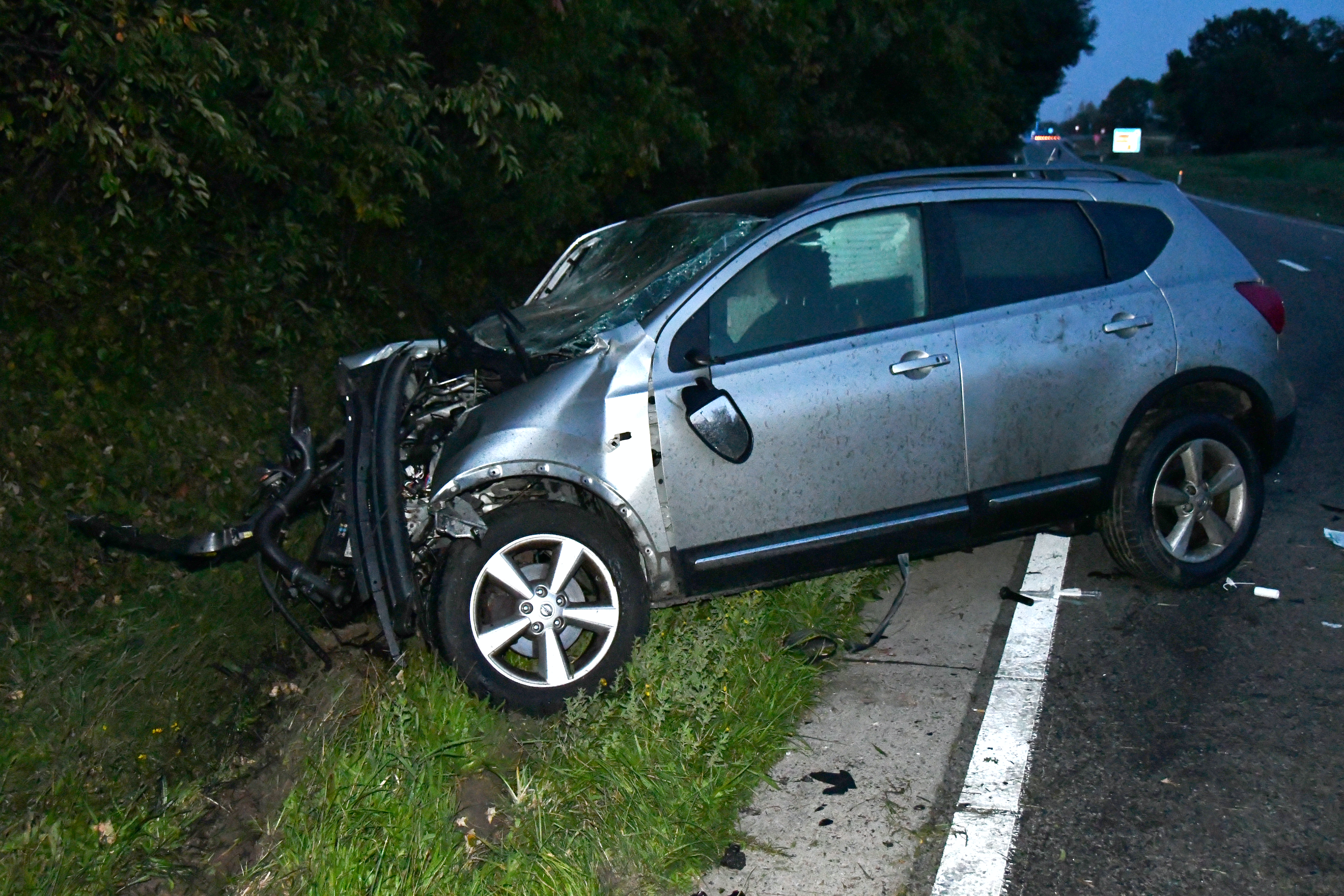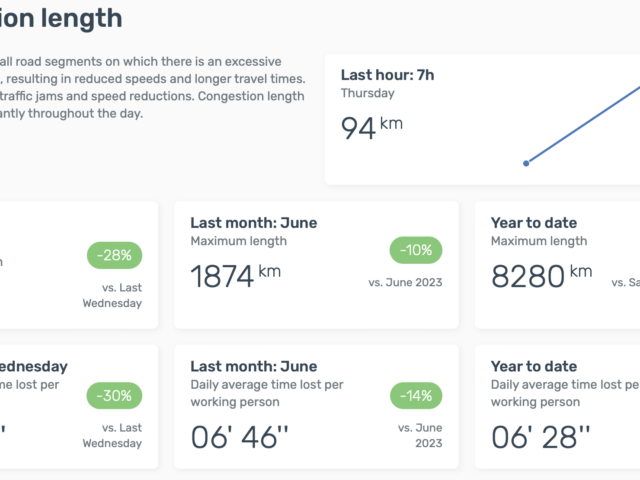
22% fewer traffic fatalities on Belgian roads

The corona epidemic results in fewer traffic deaths on Belgian roads /Belga
The number of traffic fatalities on Belgian roads fell by 22% last year, with 484 deaths, or 134 fewer than in 2019 (618). This is what Vias


Comments
Ready to join the conversation?
You must be an active subscriber to leave a comment.
Subscribe Today